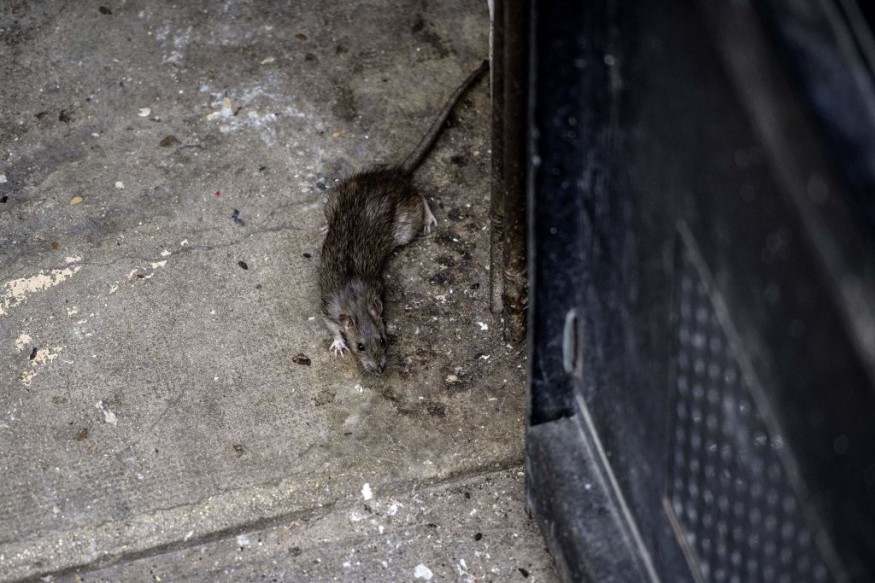Rodents have been found to be breeding grounds of fungi that causes deadly lung disease, according to a new study led by researchers at the University of New Mexico.
Fungal infections affecting humans are increasing at an alarming rate.
In light of the breakthrough finding, scientists could identify how and where we acquire the airborne pathogens.
Fungi Breeding Grounds

The new paper was published in the journal Frontiers in Fungal Biology on September 26, emphasizing the dangers of breathing due to opportunistic fungal pathogens and their diverse community in the small mammal lung mycobiome.
The paper has reference to studies of human lung mycobiome which has potentially overlooked fungi attacked in tissues.
Amongst all mammals, the new research found that rodents are indeed breeding grounds for deadly fungal diseases, as part of a mission to search where and why fungal diseases affecting humans are on the rise.
Coccidioides and Valley Fever
During a statement on September 26, lead author Paris Salazar-Hamm stated their analysis, which primarily focused on lung pathogens that cause disease in humans, discovered a wide range of fungi species in the lung tissues of small mammals, according to Frontiers Science News.
Salazar-Hamm said many of the rodents the researchers had sampled from areas in the Southwest US were carrying the type of fungi capable of causing lung infections in humans, including the fungus that leads to Valley Fever, a potentially life-threatening disease with flu-like symptoms.
The research team detected the fungus Coccidioides, which causes the Valley Fever, in the lung tissues of animals living from Kern County, California, and to the Cochise and Maricopa Counties in Arizona.
These areas have high rates of the fungal disease.
Sequences from the fungus were also detected in animals from Catron, Sierra, and Socorro Counties in New Mexico, Salazar-Hamm says.
Disease Spread and Climate Change
The team considers their study to be crucial for scientists searching where potential diseases could be caught.
Furthermore, the authors also planned to observe the health of the rodents and determine how this could impact the spread or severity of diseases.
Lastly, the lead author said that based on climate and soil condition, current forecasts of Coccidioides spread predict that Valley Fever will expand significantly northward and eastward in the course of the next century due to climate change impacting environmental conditions.
Salazar-Hamm also ensured their results will address the modeling efforts by adding essential information regarding animals as being reservoirs for pathogens.
Furthermore, the new understanding that rodents are breeding grounds of fungi is expected to widen.
Fungal Lung Infections
In September 2017, a related study published in the journal Annals of Research Hospitals depicts fungi as being highly attributed to cause respiratory infection, particularly affecting individuals with a compromised immune system, immune deficiency, or localized lung destruction.
While normal human resistance against airborne fungi is moderate, the mortality rate remains high despite antifungal therapy.
For instance, chronic pulmonary fungal disease is linked with chronic respiratory disorders and is also difficult to diagnose with absolute certainty.
© 2025 NatureWorldNews.com All rights reserved. Do not reproduce without permission.





